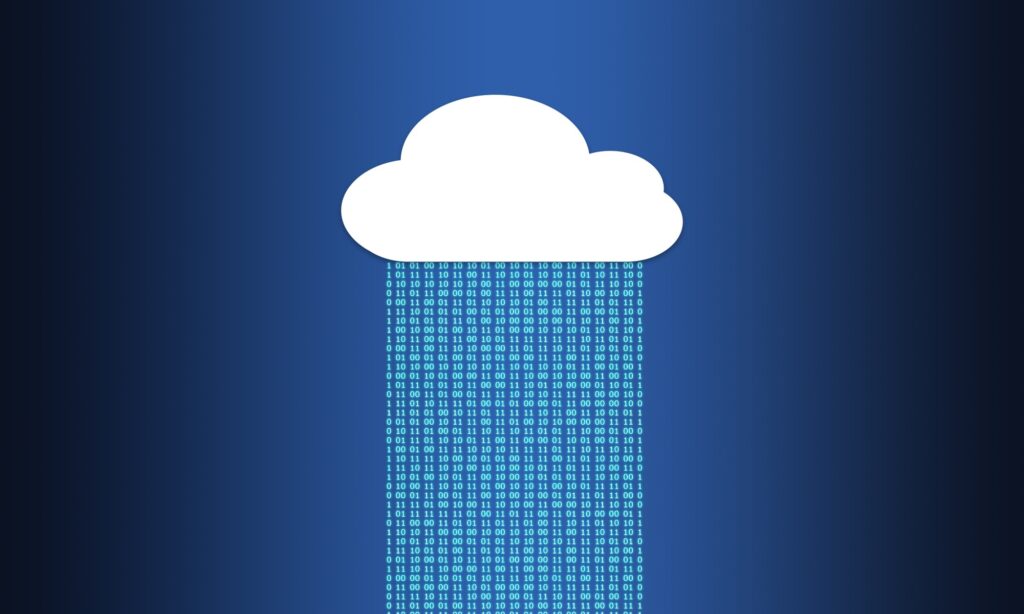The rapid advancement of cloud computing has brought significant changes to the way software is developed, deployed, and used. Traditional software, once dependent on local servers and physical installations, is being transformed by cloud-based solutions. This shift is not just a technological upgrade but a complete overhaul of how businesses and individuals interact with software.
The Shift from On-Premises to Cloud
Traditional software typically required on-premises installation, meaning businesses needed to invest in hardware, infrastructure, and maintenance. This approach not only demanded substantial upfront costs but also required ongoing resources for updates, patches, and scaling. In contrast, the introduction of cloud-based applications has shifted this paradigm. With a cloud based application, businesses can now access software via the Internet without the need for heavy infrastructure. This change has enabled companies to reduce costs, scale more efficiently, and focus more on their core activities rather than IT management. This model offers flexibility, as users can access software from anywhere, on any device, provided they have internet connectivity.
Cost Efficiency and Scalability
Traditional software often required large capital expenditures for licenses, hardware, and IT support. Cloud solutions, on the other hand, usually operate on a subscription model, which spreads costs over time and eliminates the need for large upfront investments. Scalability is another critical factor.

As businesses grow, their software needs evolve. Scaling traditional software often involved purchasing additional licenses and upgrading hardware, which could be both costly and time-consuming. Cloud applications, however, can scale instantly to meet demand, providing businesses with the flexibility to adapt quickly to changing requirements.
Enhanced Collaboration and Accessibility
Cloud applications have revolutionized collaboration within organizations. Conventional software frequently restricted access to particular locations or devices, leading to bottlenecks in workflow and communication. Cloud solutions, in contrast, offer accessibility from any location, at any time, fostering real-time collaboration across teams and departments. This accessibility has been particularly transformative for remote work.

Employees can now access the tools and data they need from anywhere in the world, enabling seamless collaboration regardless of geographical boundaries. This transition has boosted productivity and expanded avenues for businesses to recruit skilled individuals from a worldwide talent pool, instead of being confined to local markets.
Security and Data Management
Data security and management have always been a concern with traditional software. On-premises solutions require businesses to maintain their security measures, which could be costly and complex. Cloud applications, however, often come with built-in security features that are regularly updated by the service provider, ensuring that the latest protections are in place. Cloud solutions also offer advanced data management capabilities. Automatic backups, disaster recovery options, and the ability to store vast amounts of data without physical limitations are just some of the benefits. These features give businesses peace of mind, knowing that their data is secure, easily recoverable, and always available when needed.
The rise of cloud applications marks a significant evolution in the software industry. By offering cost efficiency, scalability, enhanced collaboration, and improved security, cloud-based solutions have revolutionized the way businesses and individuals use software. As more organizations continue to embrace this shift, the gap between traditional and cloud-based software will only widen, making the cloud the new standard for software deployment and use.
